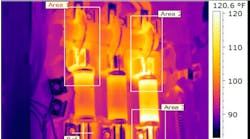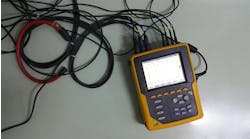Only two forms of hazardous energy lockout are permitted [120.2(H)]:
- Simple
- Complex
These are discussed in more detail in 120.4(A)(4) and (5). But here’s a summary explanation: A complex lockout involves multiples, and a simple one does not.
Simple lockout definition
A simple lockout involves a qualified person(s) de-energizing one set of conductors or circuit part source for the sole purpose of safeguarding people from electrical hazards. The procedure for a simple lockout does not need to be written. Notice also the (s) after person. There’s a catch to that — they need to be on the same crew and working for the same employer. The qualified person in charge of that particular job in charge of the lockout.
Complex lockout description
A complex lockout can involve multiple crews, shifts, employers, energy sources, etc. Or it may be complex due to particular sequences (the work itself is complex). A complex lockout requires a written plan, and this plan must identify the person in charge. They do not necessarily need to be someone who is performing the work. It can be, for example, the production shift supervisor even though everyone hanging a lock works for the maintenance department.
Summary
Remember that simple lockouts are permitted, but only when the deenergization is simple (there are no multiples and no difficult or complex sequences). And complex lockouts are required under all other circumstances. Nothing in NFPA 70E stops an employer or facility from considering all lockouts to be complex lockouts and/or requiring all lockouts to be done per a written procedure. But requiring the extra rigor for a simple deenergization situation won’t necessarily improve safety.



